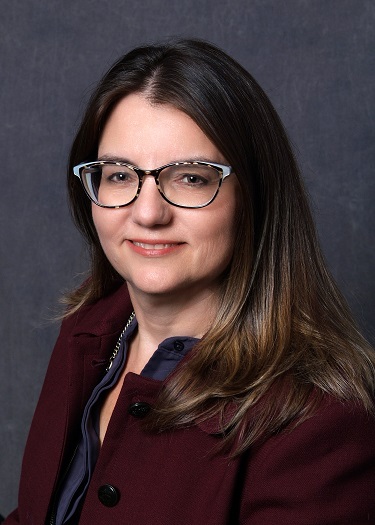CMS Medicare Patient-Driven Payment Model: What Will It Mean for Beneficiaries?

The federal Centers for Medicare and Medicaid Services (CMS) have implemented new rules for Medicare reimbursement of skilled care in a nursing home.
Introduction
These rules, referred to as Patient-Driven Payment Model (PDPM) threaten care that Medicare recipients receive in a number of ways. According to CMS, the new payment model is meant to:
- More accurately reimburse skilled nursing facilities (SNFs) for the clinical care provided to patients
- Lessen the incentive for SNFs to over-deliver therapy services
- Simplify the payment process for SNFs
In doing so, it dramatically alters the financial incentives facilities face. The Center for Medicare Advocacy, one of the nation’s top advocacy groups for Medicare recipients, stated that the new rules will “reduce financial incentives to provide therapy, and would do so with such force – providing higher reimbursement to SNFs that provide residents fewer types of therapy over a shorter period of time, or no therapy at all – that it would actually encourage facilities not to provide therapy.”
What's New
The old system calculated reimbursement largely through analysis of therapy minutes. CMS believes this led to a financial incentive to over-provide therapy. In its quest to correct this issue, it designed a new system in which facilities receive higher reimbursement if they provide 15 or fewer days of Medicare coverage and no therapy. Medicare reimbursement would also be higher if 50-75% of an SNF’s Medicare days were billed as non-rehabilitation. At the same time, Medicare reimbursement under the new system is lower for SNFs providing care to the oldest residents (age 90+), residents receiving three types of therapy, and residents having 31 or more days of care paid by Medicare.
Another concern is that the new rules allow facilities to provide up to 25% of a beneficiary’s therapy in a group or concurrent setting. Moreover, there is no penalty for facilities that exceed the 25% ratio. CMS specifically stated in the rule that it recognized that individual therapy is the best way to provide therapy to residents. However, it set the 25% standard in recognition of the “cost-effectiveness” of group therapy. Of course, it goes way beyond cost-effective, as facilities are paid for multiple Medicare beneficiaries all receiving therapy services from one staff member simultaneously.
The new reimbursement model also includes “front-loaded” payments – i.e., rates that are much higher at the beginning of a resident’s stay, rather than a consistent rate for each day. The proposed system then adjusts rates downward on successive days. This, of course, creates a huge incentive to limit patient stays. Even now, few nursing home residents receive the full 100 days that are allowed under the Medicare rules. The average length of a Medicare-covered stay is closer to 25 days. There is little doubt that front-loading payments will shorten residents’ Medicare-covered lengths of stay.
Conclusion
One potential positive to the PDPM is that it rewards facilities that serve patients with more medical and nursing needs. PDPM increases reimbursement for individuals who are seriously cognitively impaired. Facilities also receive higher reimbursement for medically complex patients like those with IVs and wounds. However, the incentives for shorter stays may very well counteract the incentives for nursing needs.
Perhaps the biggest problem with PDPM is that it fails to correct the longstanding problem that facilities do not employ enough professional and paraprofessional nursing staff. PDPM does nothing to address the serious understaffing issues that are rampant in the industry. CMS’s own report in 2001 documented that more than 90% of facilities fail to have sufficient nursing staff either to prevent avoidable harm or to meet the Nursing Home reform requirements.
Lastly, there is a concern that the Medicare payment model may have important impact beyond traditional Medicare. Medicare Advantage plans, other private insurance, and Medicaid frequently base rate calculations on the existing Medicare structure so there is good reason to believe that the incentives under the PDPM will not be limited to Medicare.
If you have any questions about this post or any other related matters, please feel free to email me at ssiegel@norris-law.com.



